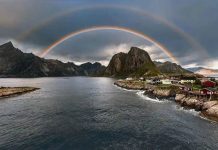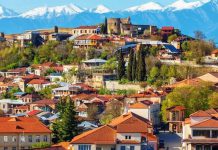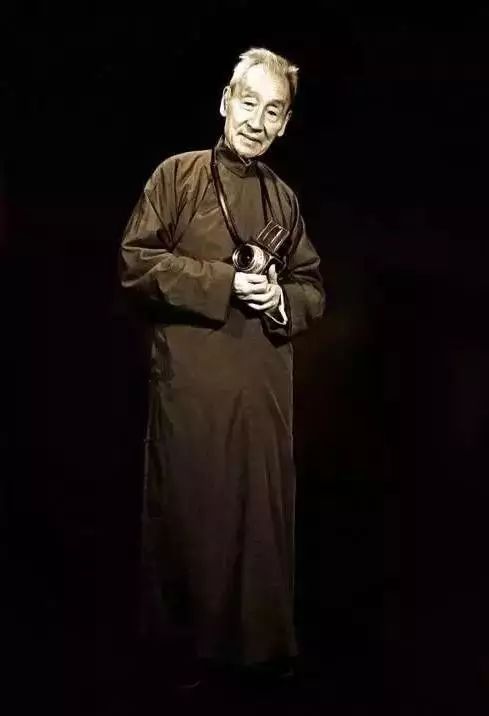
He always wears a long gown, standing there quietly and quietly, with a detached bearing and personality.
On April 13, 1995, a generation of photography master Lang Jingshan passed away at the age of 103.
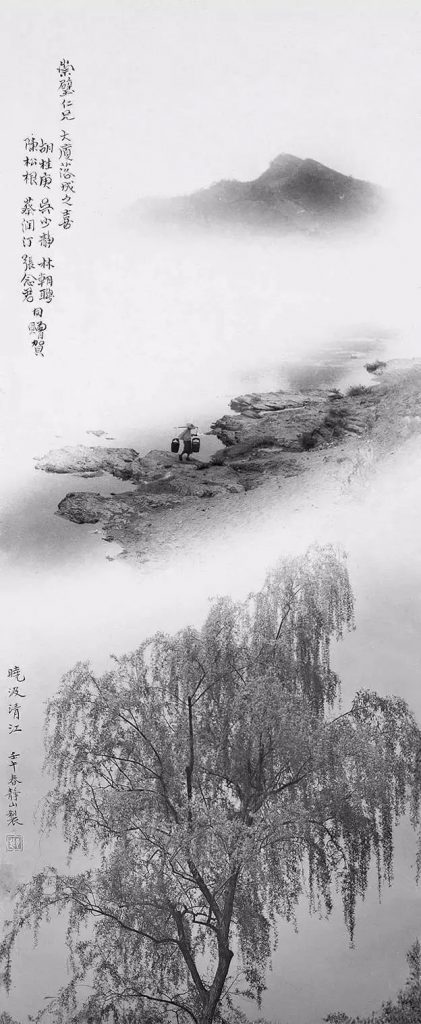
晓汲清江 Xiaoji Qingjiang
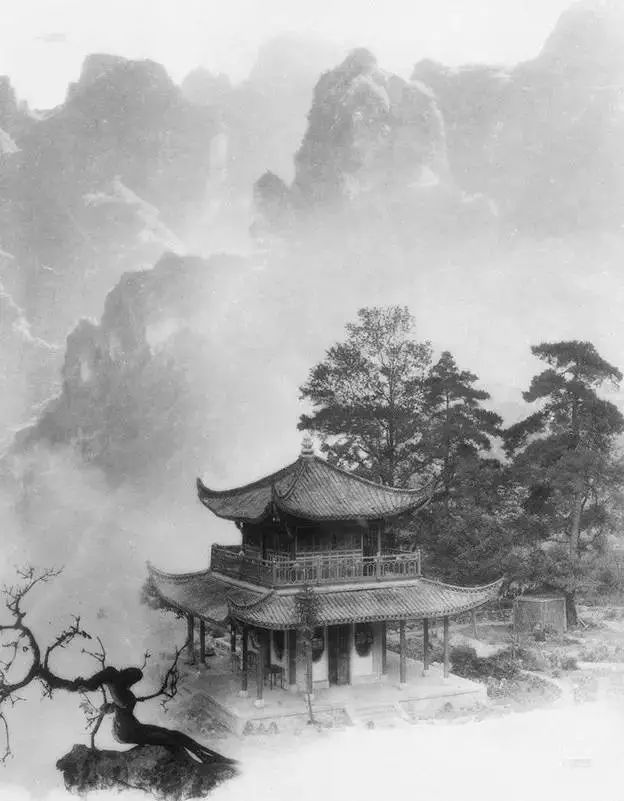
古阁重密 Ancient Pavilion
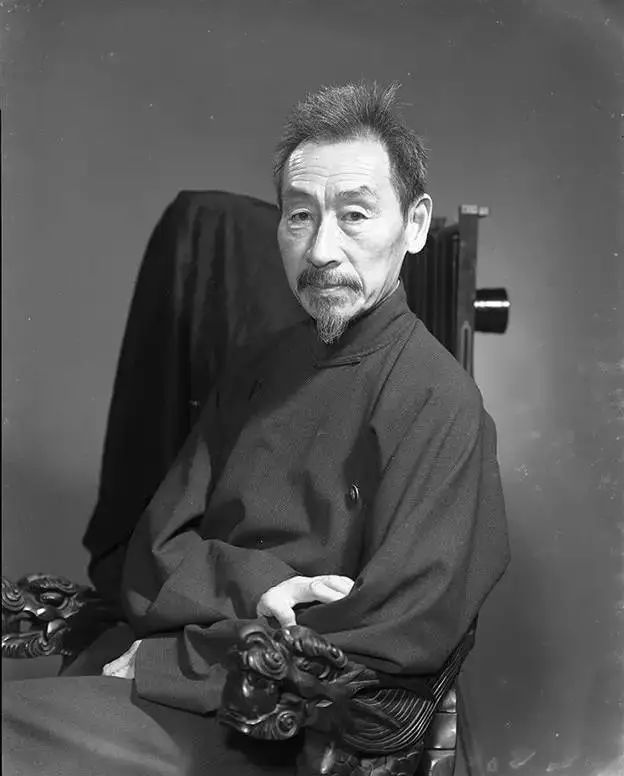
Those who know a little about photography or painting and calligraphy should be familiar with the name “Lang Jingshan”. He was a very famous photographer in the Republic of China. The photographer with female nudes, the first photographer to express Chinese painting with “collection photography”, the first Chinese with the highest title in the world…
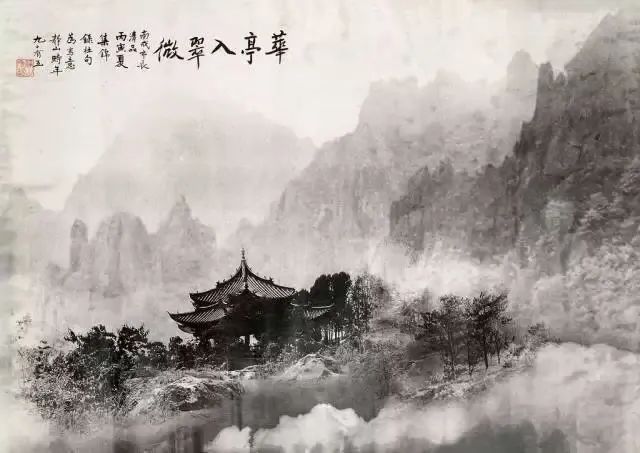
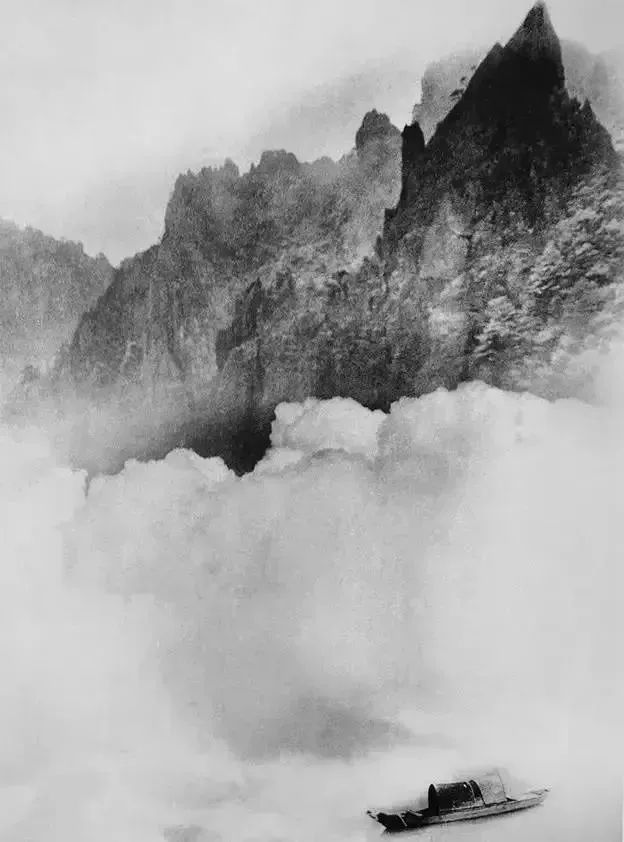
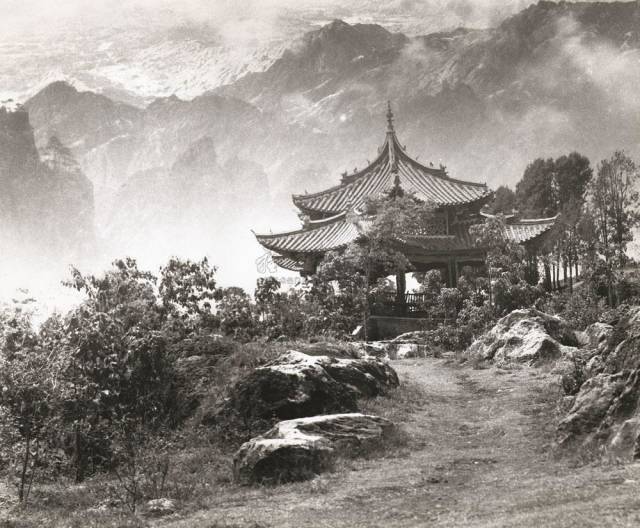
“Mountain Pavilion has its own leisurely charm” 1950
He spent his whole life doing only one thing – using photos to show the world the beauty of artistic conception soaked in oriental wisdom.
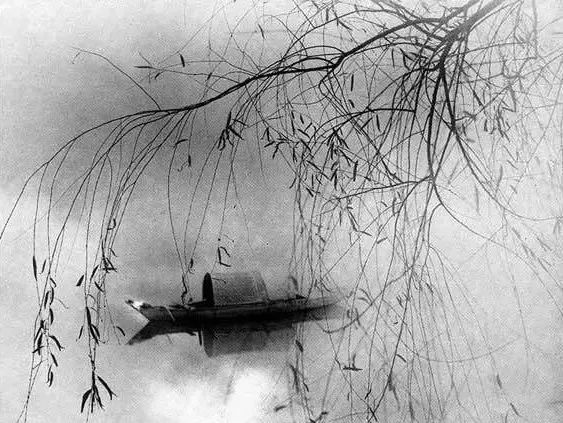
“Wild Crossing without an Unmanned Boat” 1988
He said: “I advocate that in terms of techniques, Western scientific civilization should be absorbed, so that photography is no longer difficult; but when it comes to artistic vision, regardless of framing or color tone, I think more research should be done on the meaning contained in traditional Chinese paintings.”
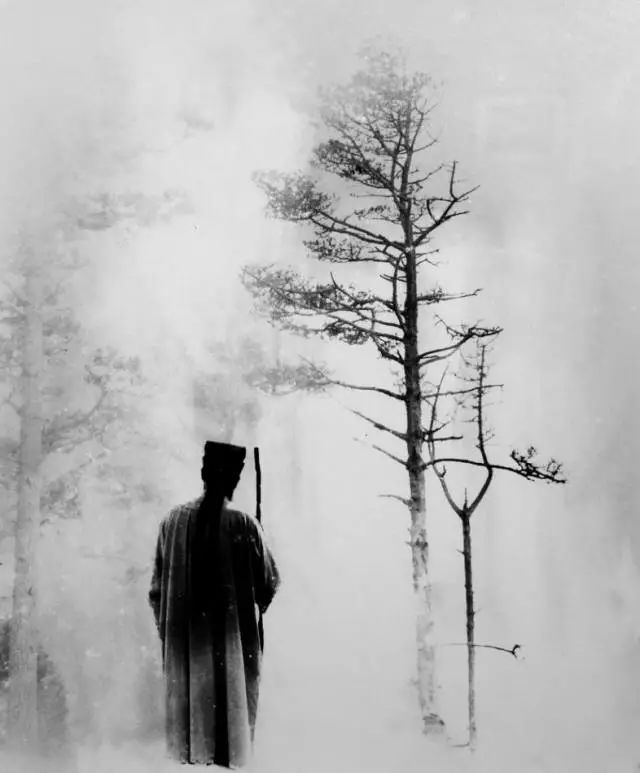
1963 Lang Jingshan “I don’t know where the clouds are deep”
So when you see his photography works, you will definitely exclaim in amazement: “This is not a photo, it is clearly a Chinese painting!”
.
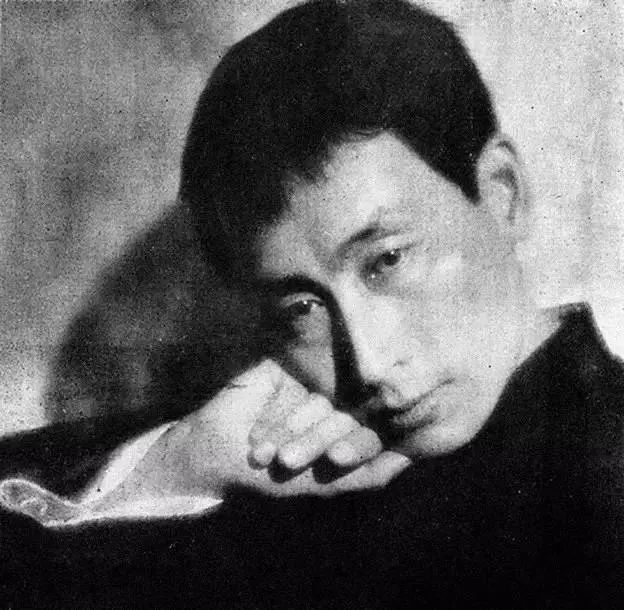
In 1892 (the 18th year of the reign of Emperor Guangxu of the Qing Dynasty), Lang Jingshan was born in a feudal bureaucratic family in Huai’an, Jiangsu Province. Because his father liked to collect calligraphy and paintings, sing operas and take pictures, Lang Jingshan was influenced by art since he was a child.
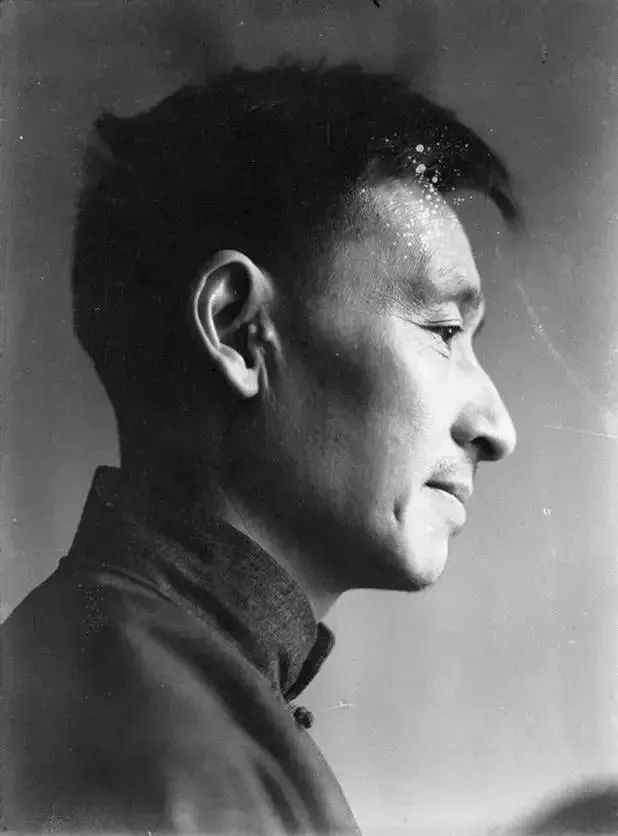
In 1911, he joined the Declaration Office. At the age of 12, Lang Jingshan went to Shanghai Nanyang Middle School to study. Under the teaching of Li Jinglan, a painting teacher, he learned the principles of photography, printing and printing skills, and formed an indissoluble bond with photography. But no one thought at that time that this “little young master” would lead the trend of Chinese photography art.

In 1912, after completing his studies, Lang Jingshan successively entered Shanghai “Declaration” and “Times” and became one of the earliest photojournalists in China

“Slanting Wind and Drizzle Don’t Need to Return” 1960
Although he is a photojournalist by profession, he is good at photographic works that imitate paintings. He draws on the “six methods” of traditional painting art, devotes himself to studying and developing them, and shoots photos with the charm of Chinese ink painting, which has a unique and elegant style. These works were widely praised by people at that time.
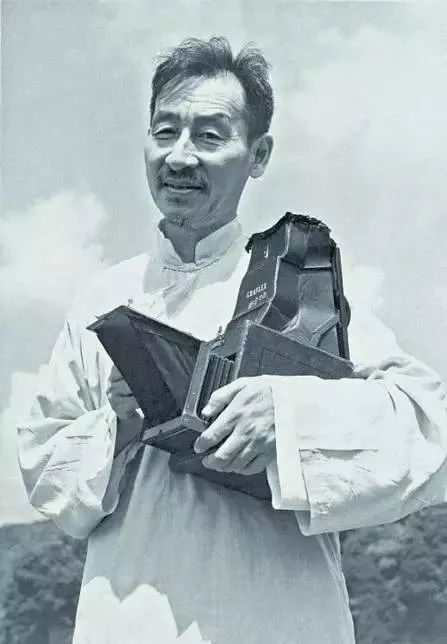
In 1925, Lang Jingshan became the founder of the Photographic Society of China. In 1928, served as the chief photojournalist of the Shanghai Times, initiated and established the Shanghai “China Photography Society”, which was the first photography group in southern my country.
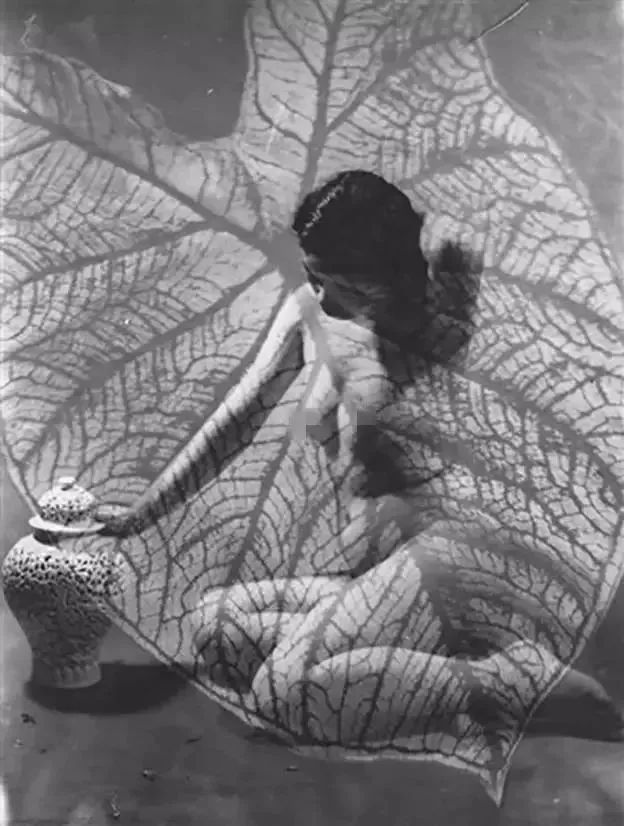
In the same year, Lang Jingshan took the first female nude photography work in China – “Careful and Selfless”, what a breakthrough in the era of traditional concepts! It is reported that the woman in the photo was surnamed Zhang. Four days later, she was beaten all over by her father, and she paid a heavy price for her brave behavior. This is almost the same fate as the female body model from the Shanghai Academy of Fine Arts.

“Beauty and Hu are separated by autumn water” 1932
Controversy, abuse… came like a tide, but Lang Jingshan did not regret it. You are what you see. In the photos, the women’s beautiful bodies are fully exposed, but there is no sensuality at all, and they are extremely beautiful.

“The morning chicken can’t afford it” 1975
In 1930, Lang Jingshan opened a photography class at Shanghai Songjiang Girls High School, creating a precedent for photography education in China.
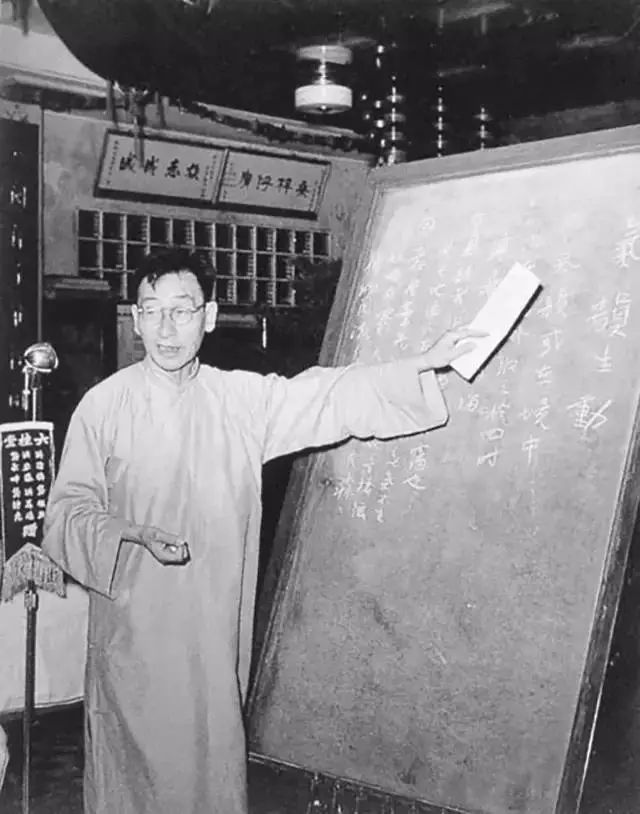
Lang Jingshan, who withstood the tremendous pressure, kept the criticism out of the door. With a keen mind, he has been studying photography technology, and then a kind of “collection photography” was born.

▲
Hushan Range Rover Lang Jingshan’s most famous collection photography works
He borrowed from the traditional Chinese ink painting art and used darkroom technology to combine images taken at different times and places. We now know that this technique is called “PS”. At that time, it was called “collection photography”, which was a pioneering work!
.

“Flowers and Full Moon” 1950
Lang Jingshan said: “I make a collection of photos because I hope to use the most realistic and vivid photography tools to integrate the inherent painting principles of our country, and to create beautiful works with a concept of ‘goodness’ and practical value.”

“Forest Road” 1956
In order to capture the most exciting side, he is always traveling around. Once you go, you can’t stop. He once said, “Holding a camera is my life.” “A camera is more important than a wife.”
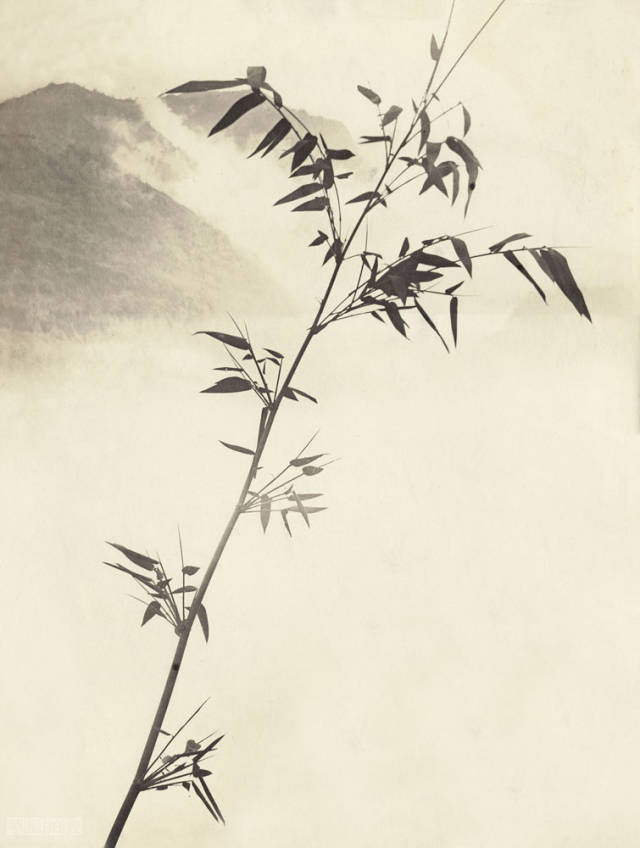
“Alpine Bamboo” 1935
When the photographer starts to focus on his works, he brings his soul with him. The artistic conception of ink and wash under the interlacing of light and shadow is like a poem that takes you into the depths of the soul.


1934 Lang Jingshan “Spring Trees and Peaks”
In 1934, his first collection photography work “Spring Trees and Strange Peaks” was selected in the British Photography Salon. Since then, the collection photography created by Lang Jingshan has become a school of its own in the world of photography

“Songhe Changchun”
After the July 7th Incident broke out in 1937, Lang Jingshan moved his family to Sichuan, the rear area. At that time, he traveled between Shanghai, Kunming, and Chongqing. On the one hand, he was engaged in news interviews, and on the other hand, he studied collection photography and creation.

“Smoky Boat” 1951
In the summer of 1949, Lang Ching-shan was invited by the U.S. Information Service to participate in a film festival in Taiwan and settled in Taiwan. In 1951, Lang Jingshan published “Smoke Wave Shaking Boat”, using Huangshan Mountain in China, Hong Kong Rocking Boat, and Taiwan reeds as materials, and integrated the scenery of the three places to construct the Chinese mountains and rivers in his mind, which became Lang Jingshan’s creative model in the future.

▲芦岸归舟
中 国 禅 宗 曰“见山不是山,见水不是水,见山还是山,见水还是水”,隐喻着人与自然密不可分之关系。郎静山则擅长表现这种将人与自然融为一体的关系,“隐逸高致的名士”与“氤氲朦胧的山水”,构建成为他心中的“世外桃源”。
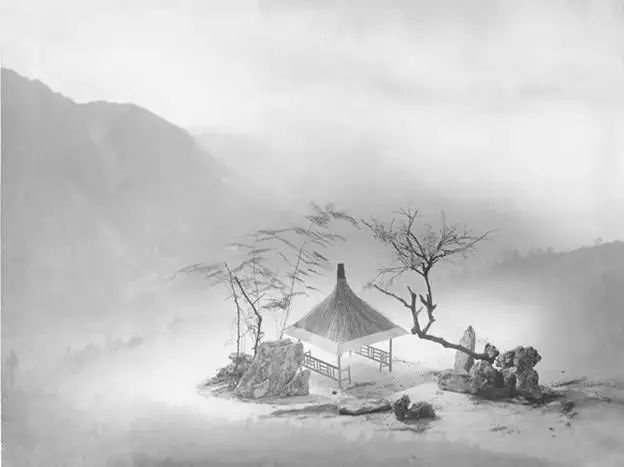
▲The pavilion surrounded by distant mountains can be rested

▲Sitting alone
In addition to using objects to insinuate thoughts and feelings, there are many characters in Lang Jingshan’s works. Lang Jingshan, who has been immersed in traditional Chinese culture for a long time, has the strength and sentiments of many literati and refined scholars. He is generous and tolerant all his life, and he is indifferent and quiet.
、記者陳驚躦(左一).jpg)
▲In 1947, Feng Zikai took a group photo with Mei Lanfang, Lang Jingshan (second from left) and reporter Chen Jingxu (first from left) in Shanghai Meiyu
He has contacts with well-known painters Zhang Daqian, Huang Binhong, Zhu Qixi, Ye Qianyu, Liu Haisu, Qi Baishi and others. Portraits of them were also taken.
.
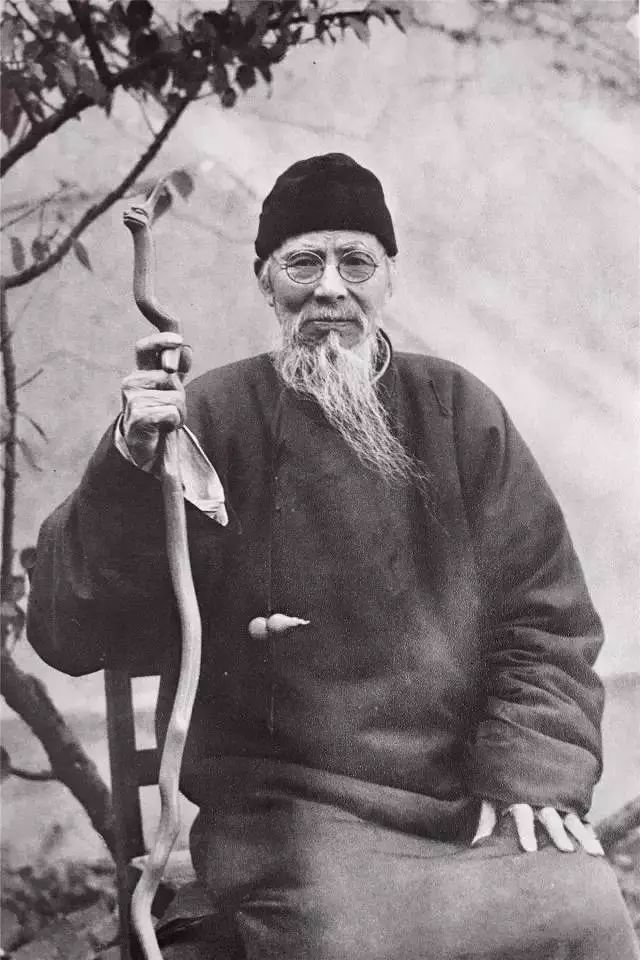
▲Old Man Baishi 1946
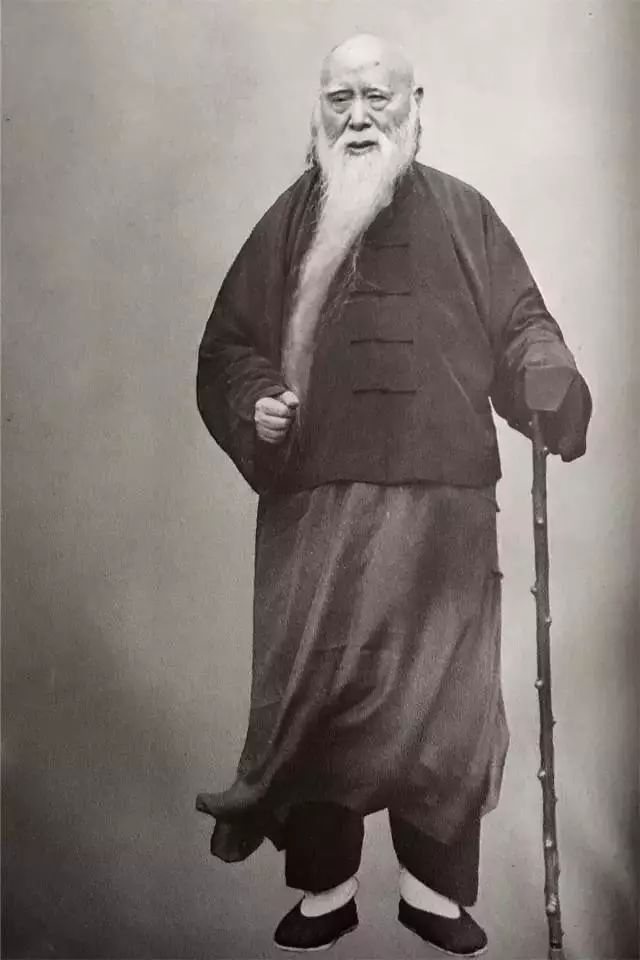
▲Yu Youren 1958
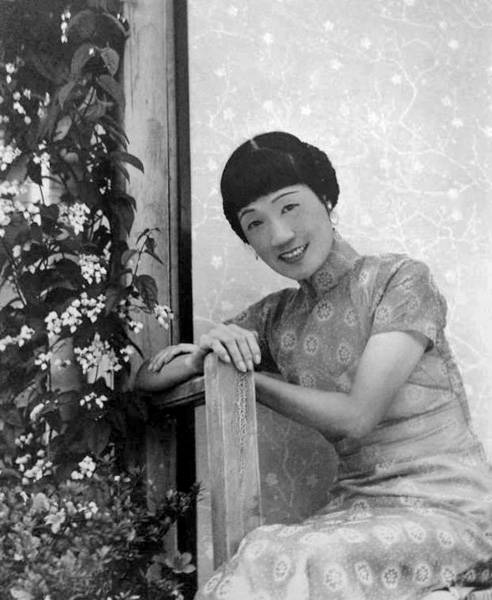
1952 Lang Jingshan “Women of the Times Jiang Biwei”
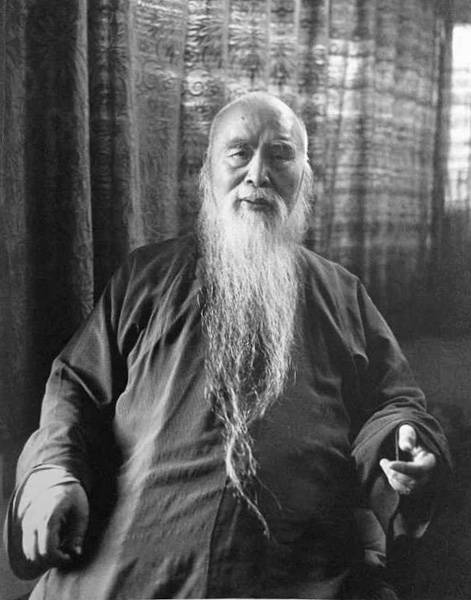
1958 Lang Jingshan “Yu Youren”
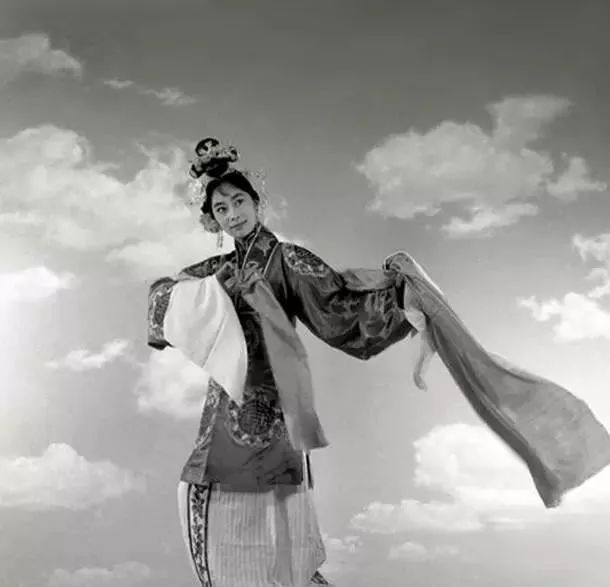
“Famous Peking Opera Artist Lu Yan” 1956
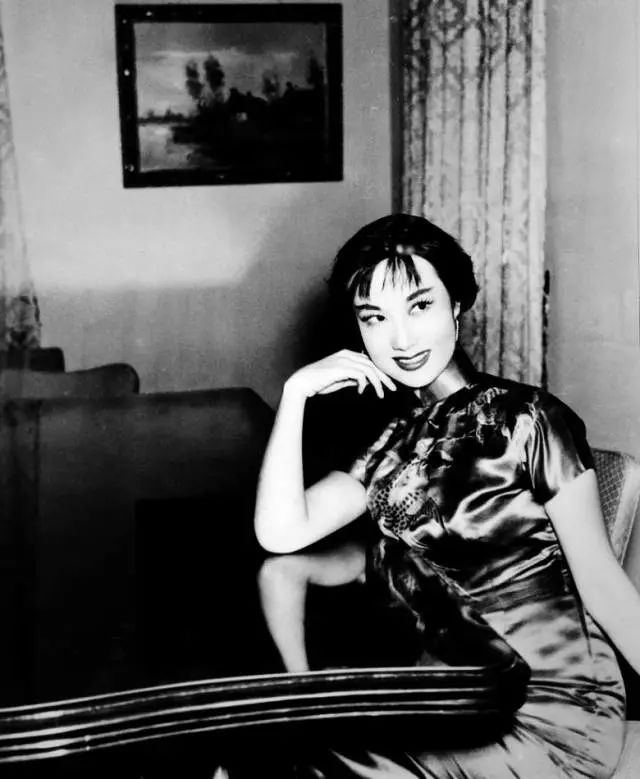
Li Lihua 1955
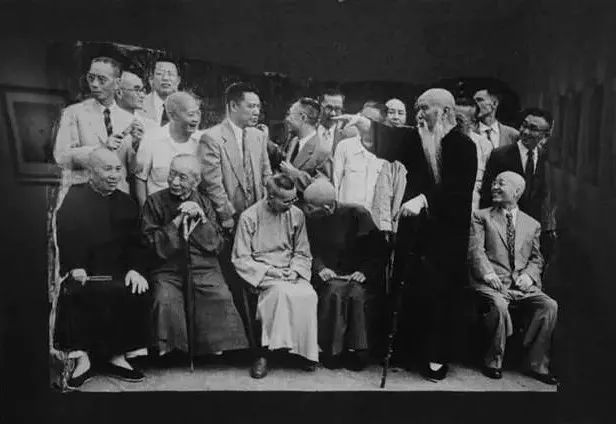
“Old Gentlemen”
Lang Jingshan likes Zhang Daqian’s beard, so Zhang Daqian is often a model for Lang Jingshan’s plays.

Lang Jingshan’s artistic path and encounters are also similar to those of Zhang Daqian. They both worked hard to be accepted by the world.
.jpg)
▲Takashi Matsuin, 1953 (the old man is Zhang Daqian)

▲Clear Clouds and Clear Winds 1953
It’s just that Lang Jingshan lacked the meeting between Zhang Daqian and the top Western art masters, but he was much luckier than Zhang to win many international medals. Zhang Daqian has been thinking hard about how to connect Chinese brush and ink with the world, so as to reach the pinnacle of his life. And Lang Jingshan used cameras and photosensitive materials to try his best to create the taste of Chinese painting.

In addition to photography, Lang Jingshan is equally detached in his roles as a man and a father. He believes, “If a person has no awareness, he has nothing.”

Ancient temple sweeping dust
Lang Jingshan never taught her children a lesson, but wanted them to realize it by themselves. To measure whether children grow up by whether they can realize themselves.
Lang Jingshan has a total of fifteen children, but they are scattered on both sides of the Taiwan Strait and overseas due to troubles at any time.
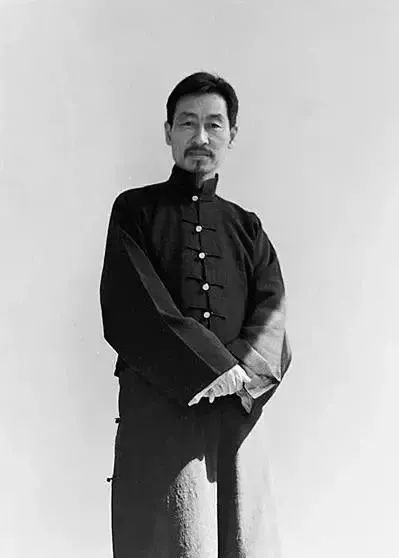
Lang Yuwen is Lang Jingshan’s youngest daughter, the influence of her father’s precepts and deeds is also fermenting as she grows older.
Lang Yuwen once recalled: “I remember when I was in the first year of Beiyi Girls’ High School, I took a car with my father from the Highway Bureau to go home. I sat in a car with some backs off, and I sat on a backrest. , Seeing that my father was sitting without a backrest, I thought whether I should change seats with my father, but I wanted to lean on it, and saw my father sitting upright, so forget it.
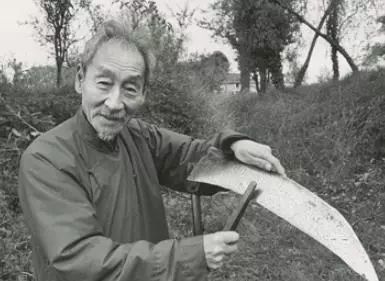
After returning home, my father just told my mother in a low voice, and said that I have not grown up yet and don’t know how to give up my seat. It hurt me more than blame, but at the time I still hadn’t learned my father’s wisdom from this mistake.
When I was growing up, I only heard my father say once: ‘If a person has no awareness, there is nothing. ’ It turned out that my father never taught us, but wanted us to realize everything by ourselves.

I later went to Vancouver to study art management. When my father and mother came to see me for the first time, I invited a few of my father’s guests, and my father said that I could order a table of dishes, because I had grown up. That level of freedom and respect that no other father can achieve.
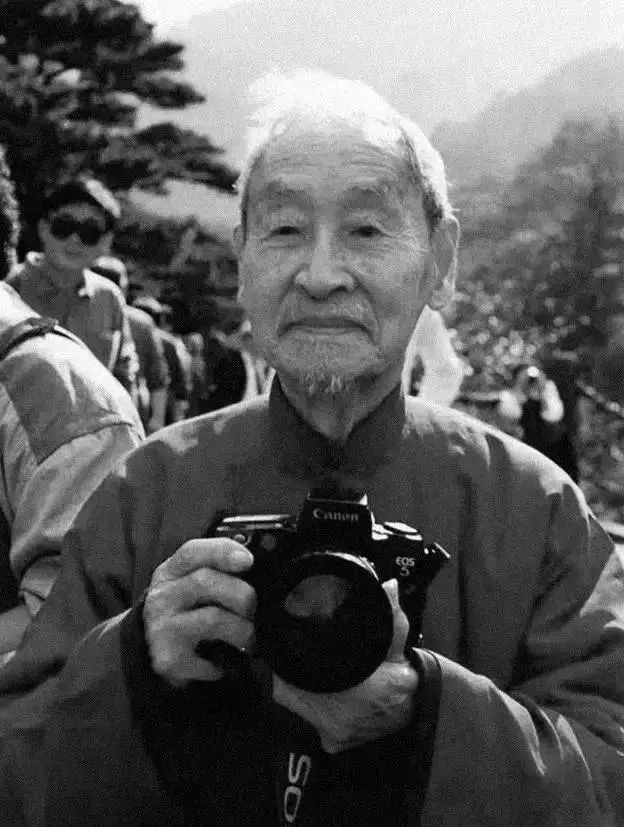
For the pursuit of fame, my father never cared about it, and never climbed for power. The people who communicate in Shanghai are all people from work and art circles. But my father was very kind to his friends, and there were guests at home every day for dinner. My father always said, ‘What’s a meal! ’”
This centenarian, who has spanned a century, spent his childhood and schooling in the late Qing Dynasty. His career and fame followed the Republic of China. After middle age, he stayed on the isolated island of Taiwan for forty years.
When I was 103 years old,
In order to take a photo, Lang Jingshan also challenged to climb Huangshan Mountain on foot. He said: Because of my interest in photography, I have forgotten to pay attention to my age.

In 1995, Lang Jingshan died in Taipei at the age of 104.
Photography is static, but Lang Jingshan’s life is full of creativity and vitality. “One must live with interest” perhaps this is the realm of life that Lang Jingshan pursues
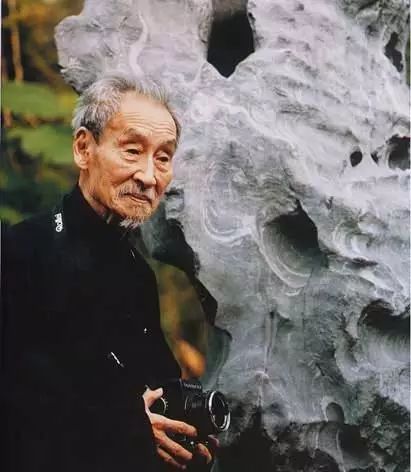
[Appreciation of Lang Jingshan’s photography works]
Flipping through the master’s photographs casually, I can’t help but feel my heart tremble. The quiet image, the simple and ethereal composition, the layers of distant mountains and the shroud of mist are just like the intertwining of shades and shades in traditional ink painting.

▲Fairy Mountain Pavilion 1956
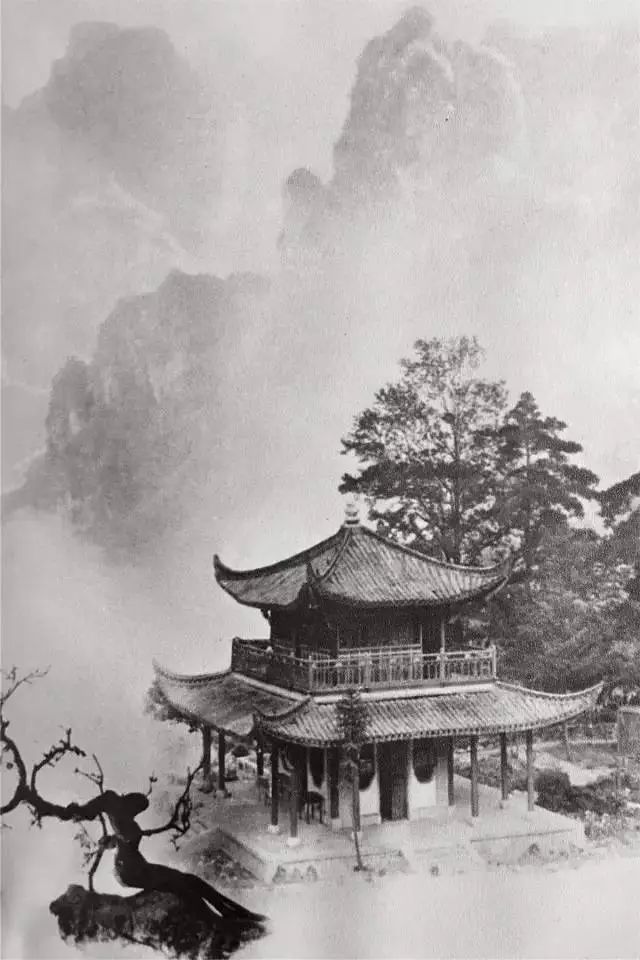
▲Ancient pavilions and mountains 1936

▲Sit and watch the clouds rise 1934
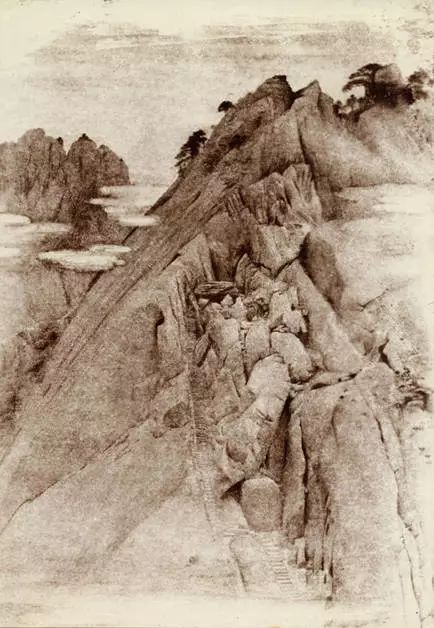
▲Returning to the Clouds 1942

▲Yunfeng bird language

▲Fairy Mountain Pavilion 1956

▲Maple Bridge Night Mooring

▲Xiaoji Qingjiang

▲Huaxi salt well 1938
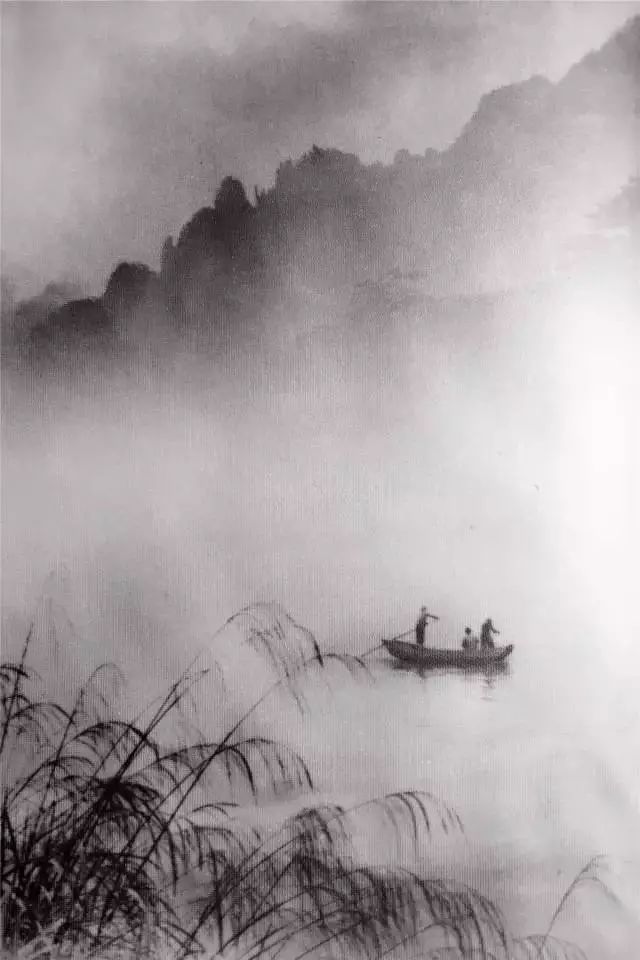
▲Yanjiang Boating Late 1950

“Welcome Pine” 1933

“A Spring Sail to the Far Sky” 1936
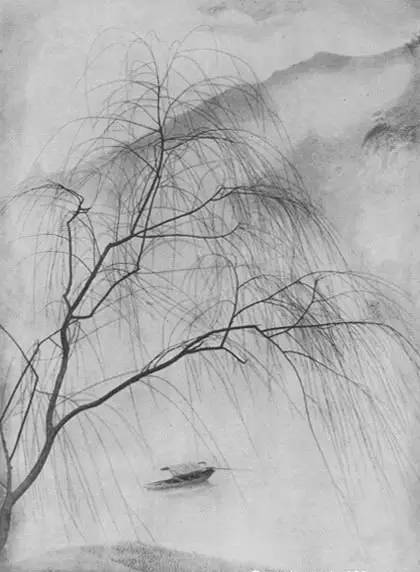
“Dawn and Moon” 1945

Autumn by the Lake, 1939
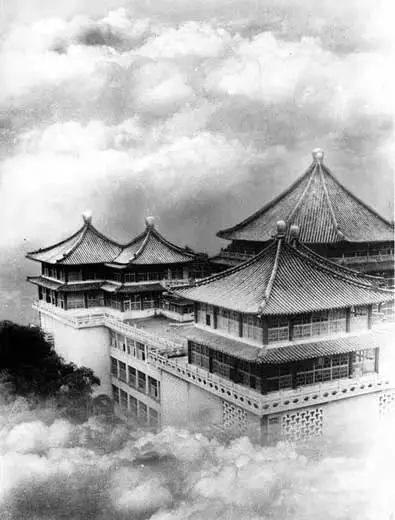
▲Chinese style university in 1972
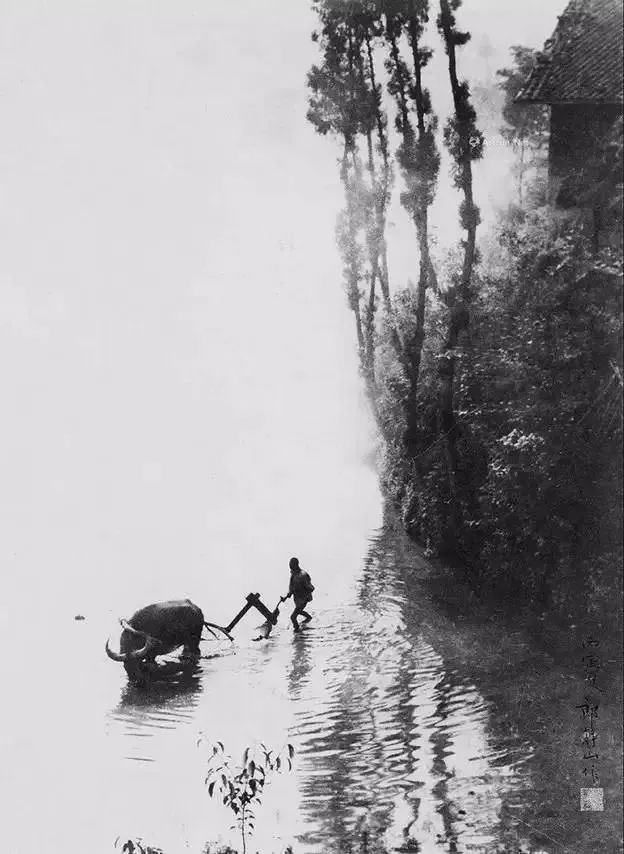
spring plowing

tree shadow lake light
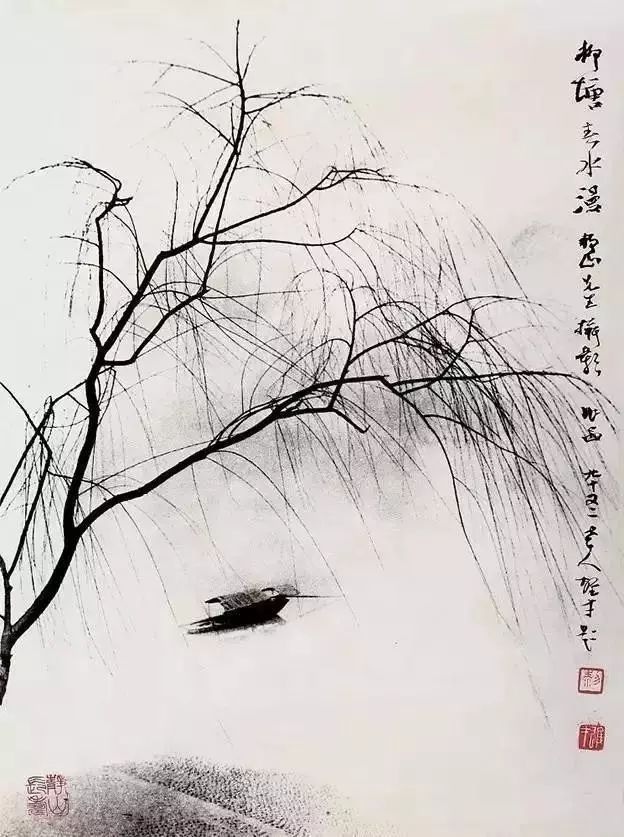
Willow Pond Spring Water
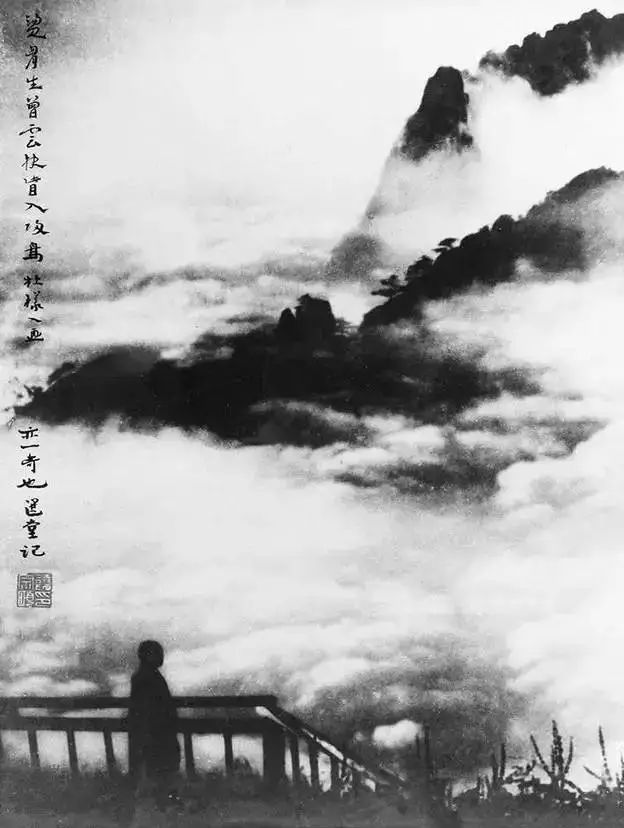
Wang Yue
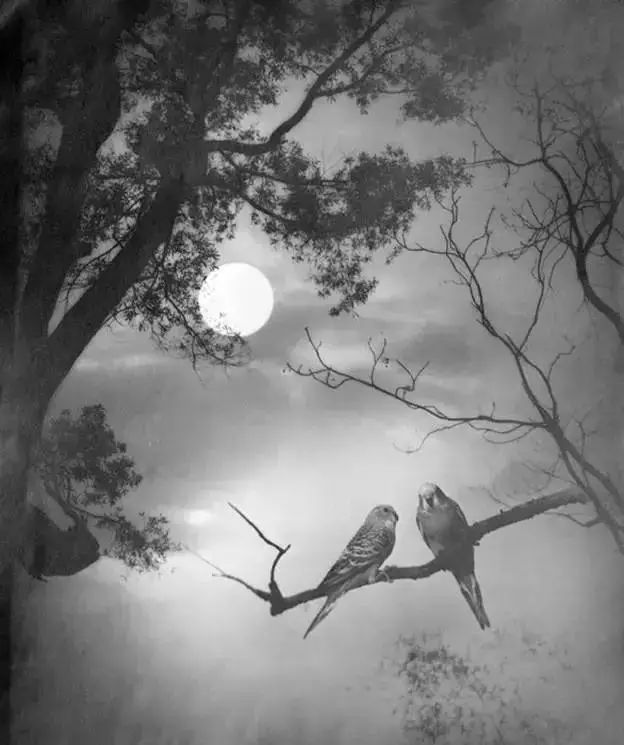
happy full moon
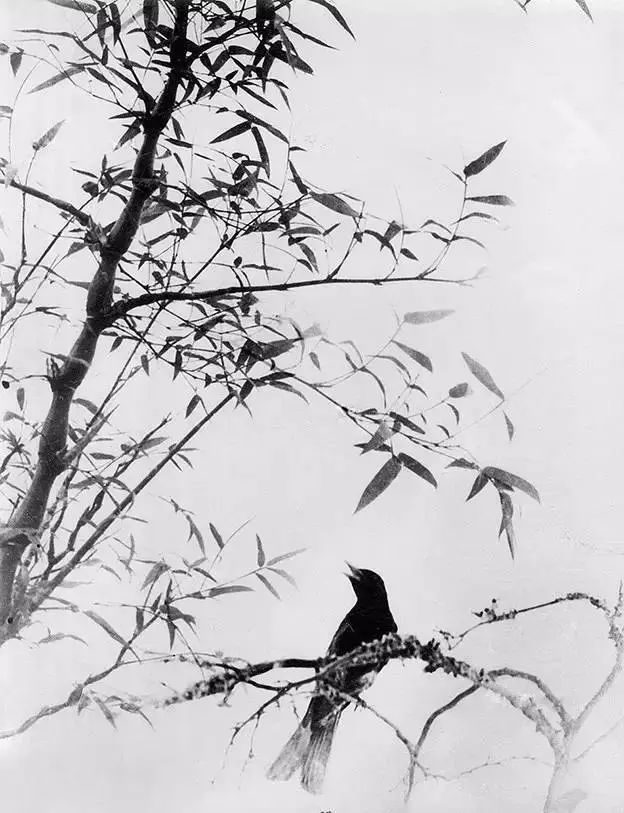
▲songbird love

▲Heroic Independence circa 1970
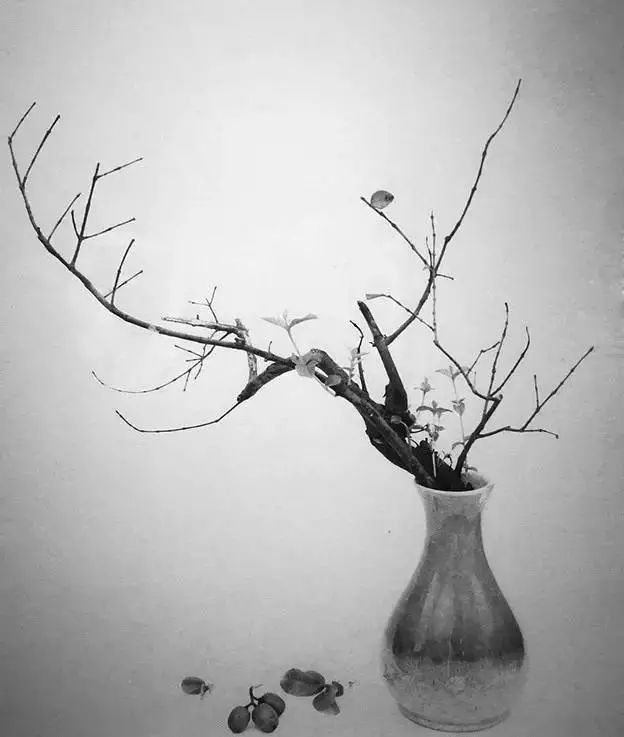
▲spring arrives
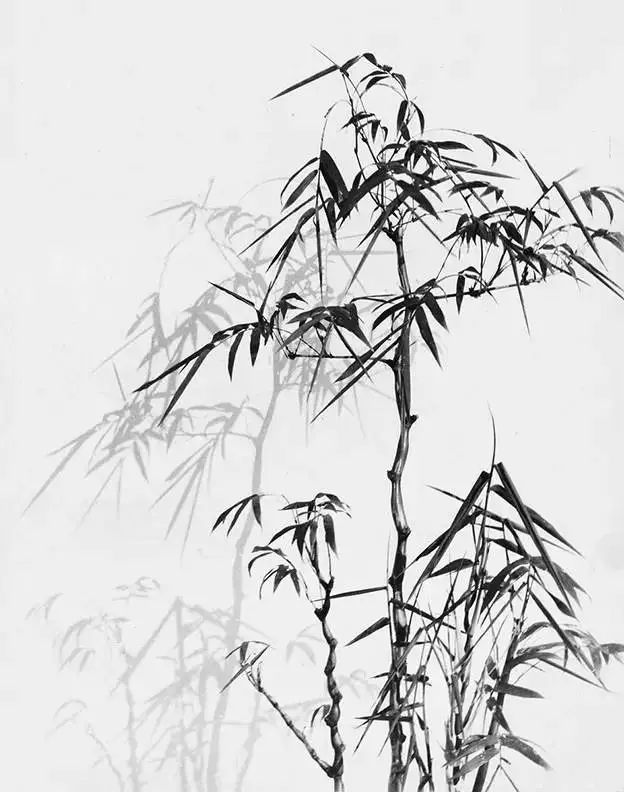
▲bamboo
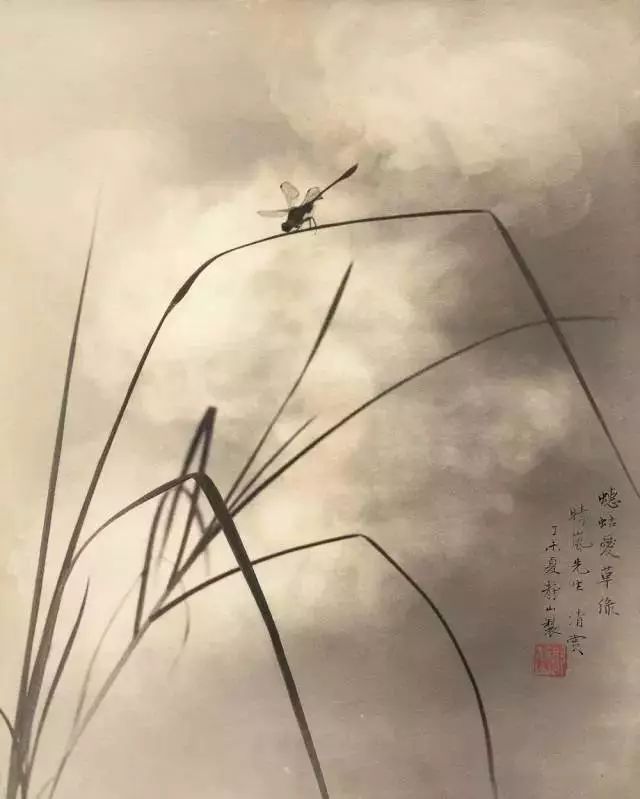
▲Mantis love grass green
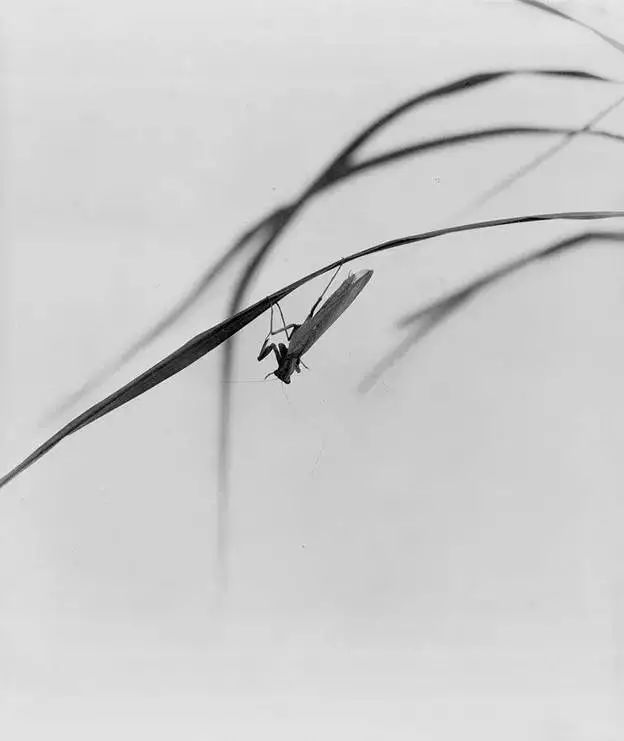
▲Carrying an ax without a car
If time can be turned back, Lang Jingshan can live to this day, and master the digital PS technology, what will his collection photography look like?
If modern photographers learn traditional Chinese culture, absorb the essence of Chinese painting art, and then learn from Lang Jingshan’s collection photography, what will the current Chinese painting-style photography look like?
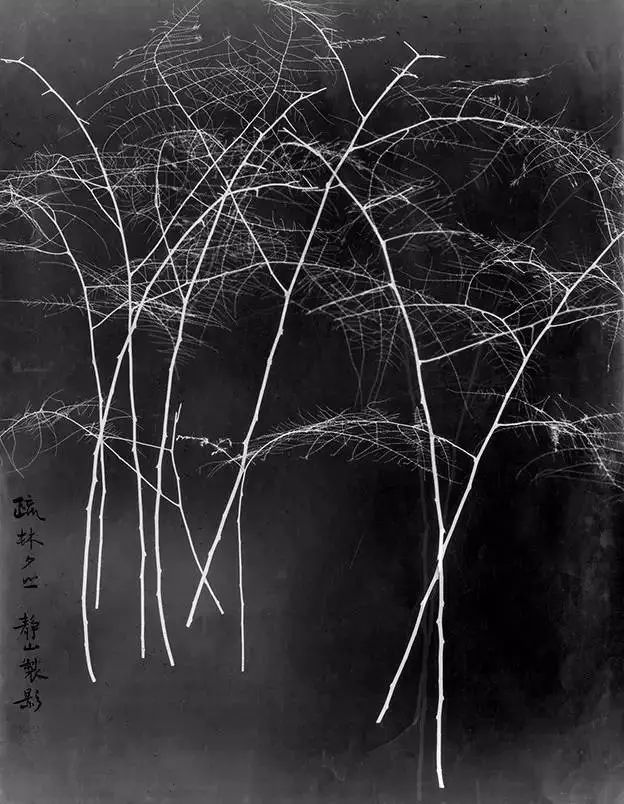
Sunset in the woods
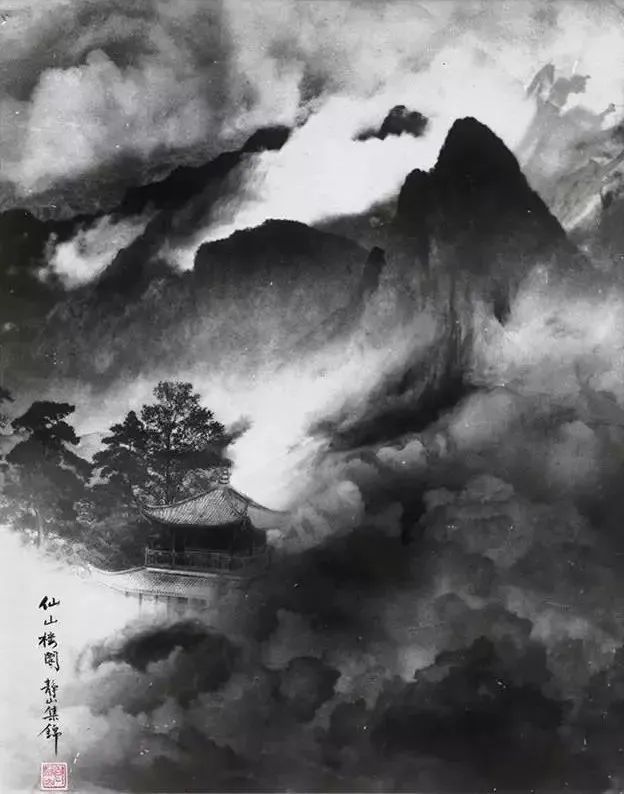
Fairy Mountain Pavilion
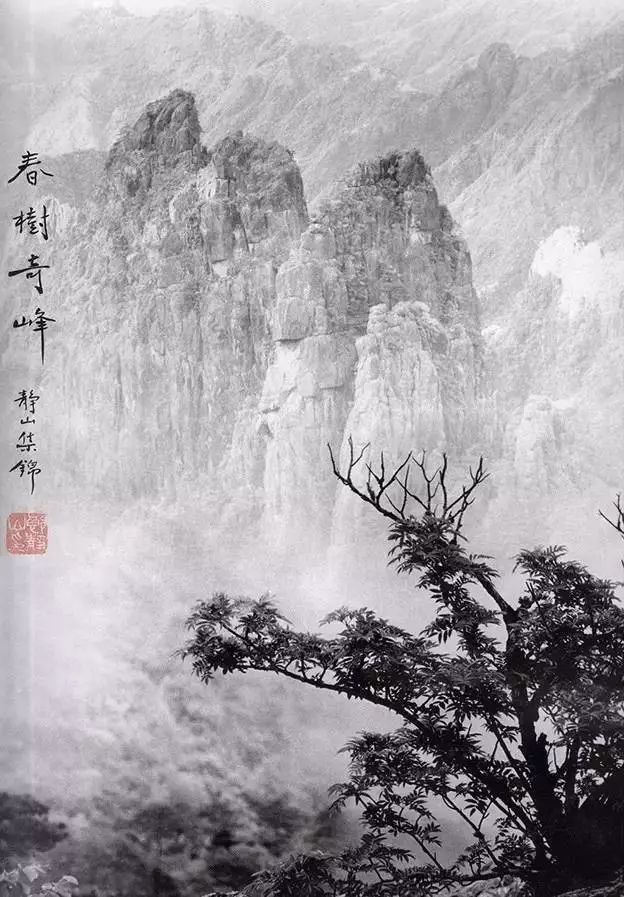
Chunshu Qifeng
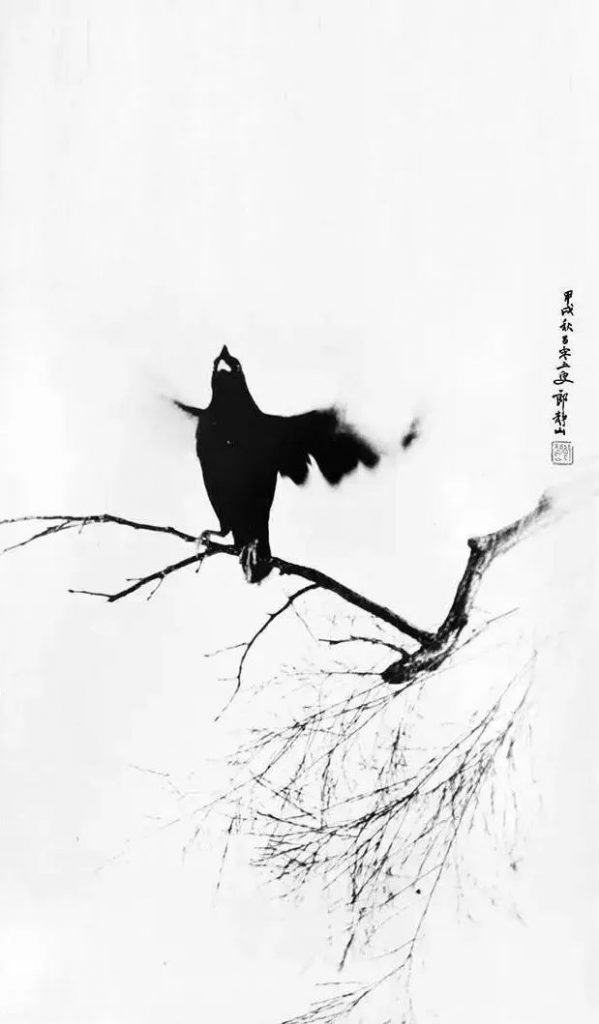
independent hero
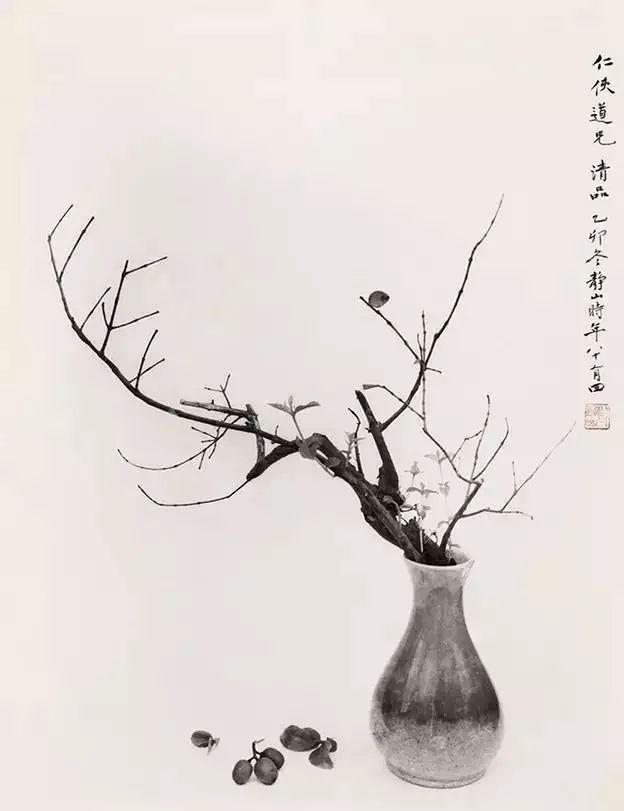
Plum Tree House
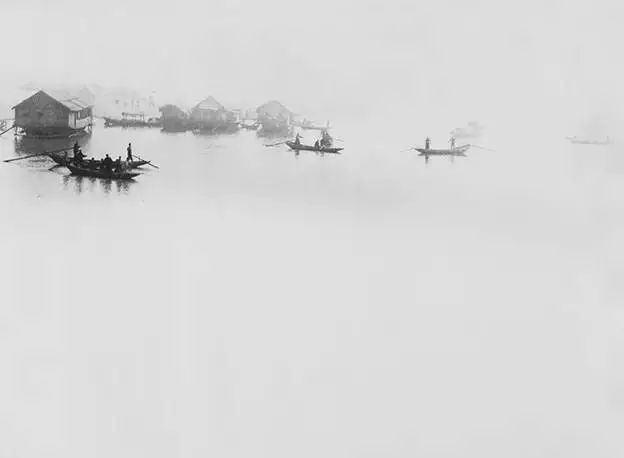
Yanjiang night mooring
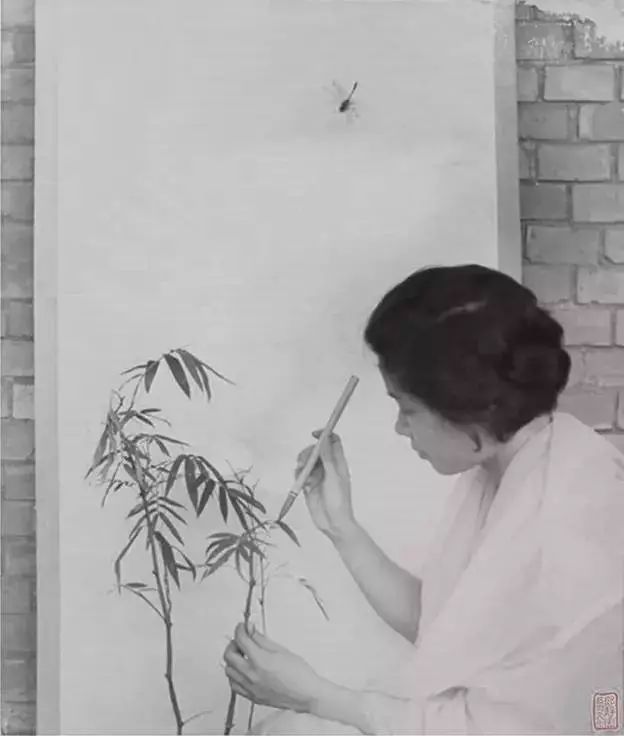
draw bamboo
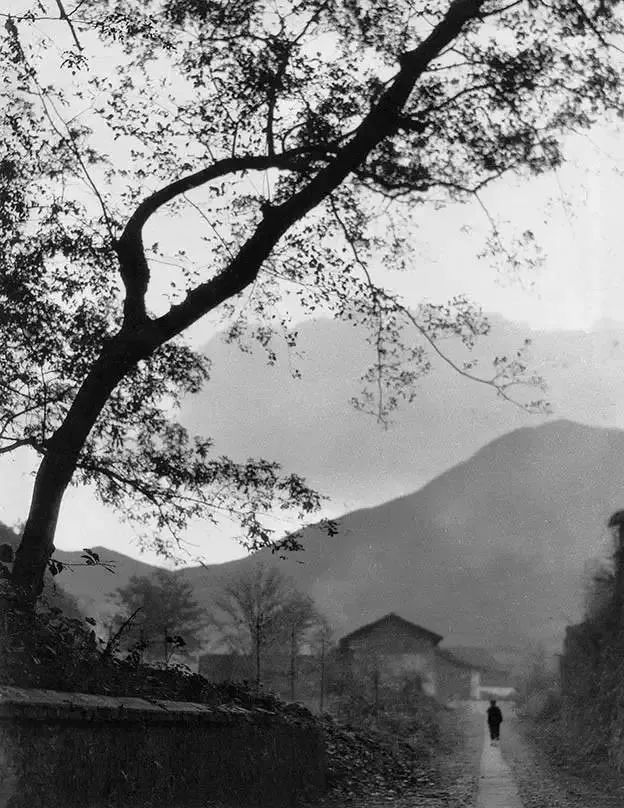
mountain trails
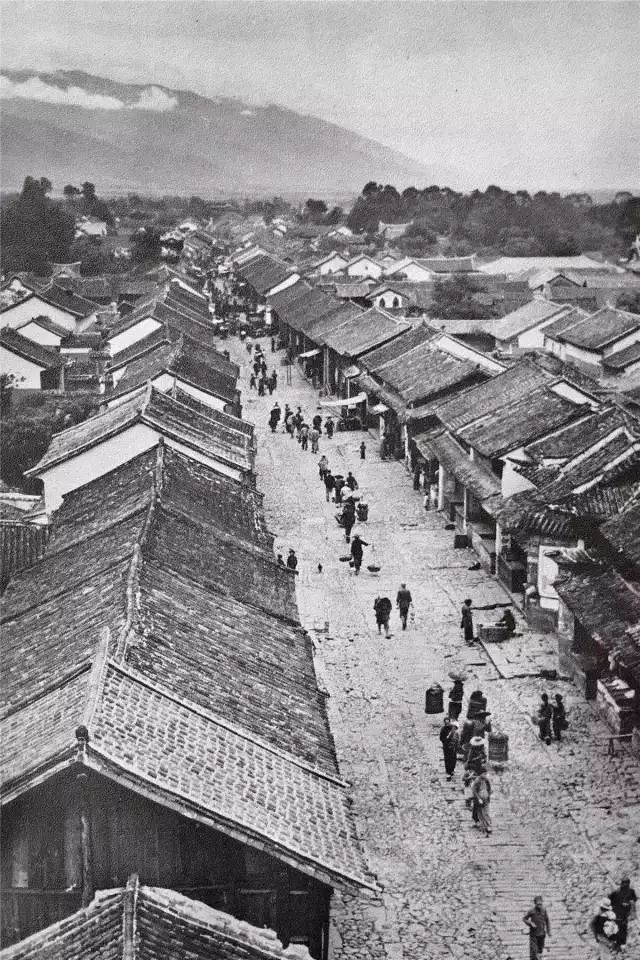
Wanwa layer by layer
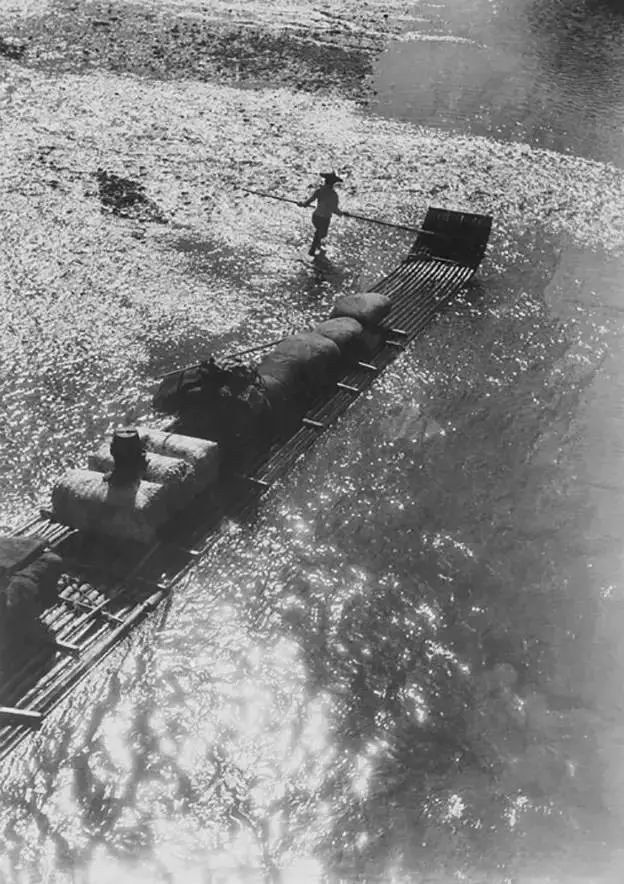
Jinbo Fanraft
– E N D –
【 Copyright Notice 】
We respect originality. If the content promoted by “International Art Grand View” involves copyright issues, please inform the original author, and we will deal with it immediately!





